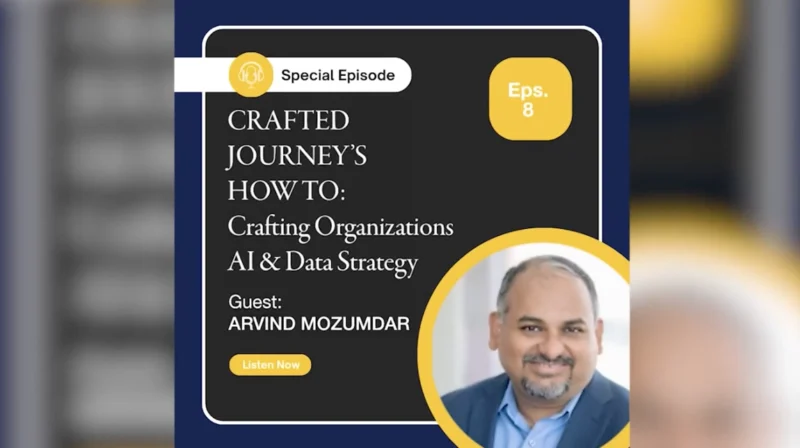How to Become a More Effective Public Speaker
Being an effective speaker is much more than flipping through a fancy PowerPoint filled with facts and figures. Good presenters are engaging, exciting, and connect with the audience while getting their point across. Whether you’re a traveling presenter who speaks at many conferences a year or someone who has does a few smaller presentations a year, you know that engaging the audience and teaching them something are the goals of presenting.
By using these 4 P’s of Presenting, you can learn what it takes to effectively design and deliver your message to make your audience say, “Wow!”
1. Preparation
Step one in preparing a presentation is thinking about the needs of your audience. It’s important to ask yourself these questions:
– Who are they?
– What do they care about?
– What are they here to learn?
Answering these questions will influence what information to include and how to best deliver it. The next step is to identify key talking points and build your presentation around those main points. Remember, the audience came to learn something, so ask yourself, “If people learn something new from this presentation, what would it be?” and go from there.
Studies show that people retain little of what they see and hear. Listeners can easily lose the flow of a presentation jam-packed with raw data, so use visual aids to illustrate your points. Vocal repetition and visual reinforcement help a great deal with retention.
2. Practice
You can create a beautiful slide show and have strong data surrounding your speaking points, but without practice, the presentation is at risk of falling flat. Presenters practice in a variety of ways: at home, alone, in front of a mirror, or in front of family. In front of a video camera is the most effective. Self-reflection or sharing the video with a peer-coach provides you with the greatest insight.
When you practice and review, pay attention to your facial expressions, voice, and body movements—and don’t be afraid to ask for feedback from others including a peer or professional instructional coach. Practice the presentation as many times as you can so when it comes to the real deal you are as prepared as you can be!
3. Project your Voice
It’s common for presenters to focus more on the visuals and talking points as opposed to the auditory aspect of actually delivering the presentation. Whether you are presenting to a room of 20 or 300, most people are unable to project with sufficient volume and still keep the message intelligible while presenting. When the audience strains to hear the presenter, they become sidetracked. You will see them busy on their smart device instead of being engaged.
Use an audio system when speaking to your audience. Many presenters are purchasing their own portable audio systems, like the Redcat Presenter Kit, to avoid the hassle and ongoing cost of renting AV equipment. The lightweight, wireless kit is a powerful, portable system that travels with you and sets up anywhere. You just plug it in and start talking, and the sound fills the room so that every audience member can hear you.
4. Pace, Pitch, Pauses
By varying your vocal volume, inflection, and pacing (and skillfully using pauses) you can avoid a dull, monotone delivery. The speed of your presentation can help emphasize key points, build drama, and create excitement. Pace can emphasize the importance of key words. Controlling the pitch and tone of your voice helps control the emotional mood of the presentation and prevent you from sounding monotonous.
And while you should be meticulously prepared for what you are going to say, you should also strategically deploy periods of saying nothing at all. Learning to pause before and after important points gives the audience time to understand and absorb what you have just said.









